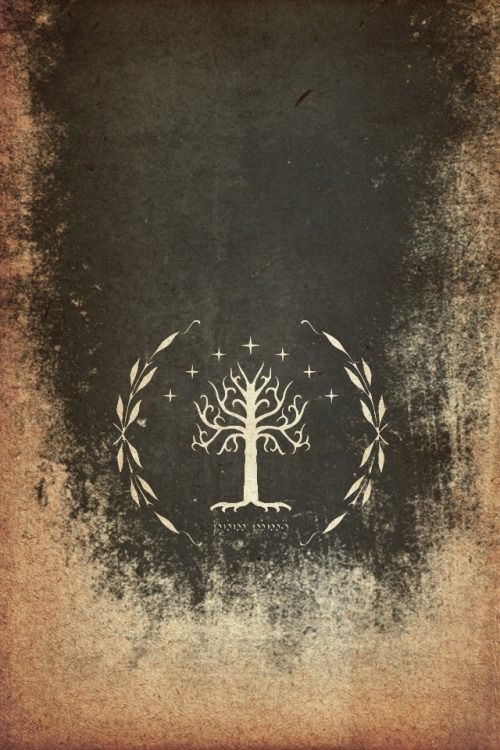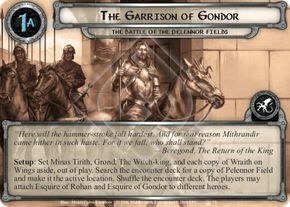

However, he insisted on staying away from electronic or synthesized music. The score uses a neo-romantic, 19-century style and structure, derived from Shore's desire to have the music sound antiquated, but he nevertheless married it to modern and at times avant-garde techniques including atonal sections, unusual instrumental choices and orchestral set-ups, aleatoric writing, partly-spoken sprechstimme voices and syncopated rhythms, as well as borrowing from eastern scales, medieval styles of music, contemporary film music idioms for specific setpieces, classical idioms for some of the music of the Shire, new-age and contemporary idioms for the end-credits songs, etc. He envisioned the scores to all three films as a through-composed cycle, a grand opera told in three parts, involving a large network of leitmotifs, large choral and orchestral forces (including additional " bands" of instruments besides the main orchestra), frequent use of singing voices, both in choirs and through a wide ensemble of vocal soloists. Shore agreed to take the project in early 2000. Howard Shore, composer of The Lord of the Rings series' film score The scores continue to be performed by choirs and orchestras around the world as symphony pieces, concert suites and live to-projection concerts. The score was the subject of a short documentary film called Howard Shore: An Introspective, and has earned a dedicated research-based book by the musicologist Doug Adams. The score became the most successful of Shore's career, earning three Oscars, two Golden Globes, three Grammys, and several other nominations, and some of his themes (like the Shire theme) and songs earning great popularity.


Throughout the composition, Shore has woven over 100 identified leitmotifs (or over 160, when considering the music of the Hobbit films), which are interrelated and categorized into groups that correspond to the Middle-earth cultures to which they relate, forming one of the greatest and most intricate collections of themes in the history of cinema. He made use of an immense ensemble including a large symphony orchestra (principally, the London Philharmonic Orchestra), multiple instrumental "bands", various choirs, and vocal and instrumental soloists, requiring an ensemble ranging from 230 to 400 musicians.

Shore conceived the score as operatic and antiquated-sounding. Over 13 hours of the music (including various alternate takes) have been released across various formats. Shore wrote many hours of music for The Lord of the Rings, effectively scoring the entire film length.


 0 kommentar(er)
0 kommentar(er)
